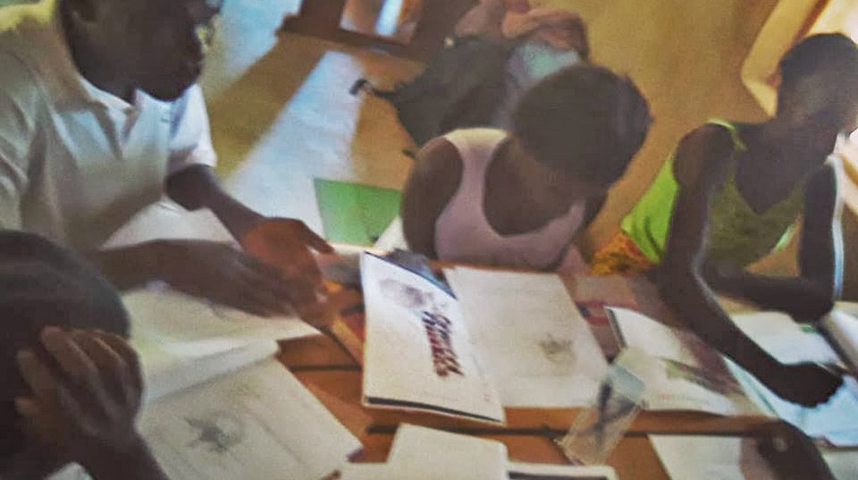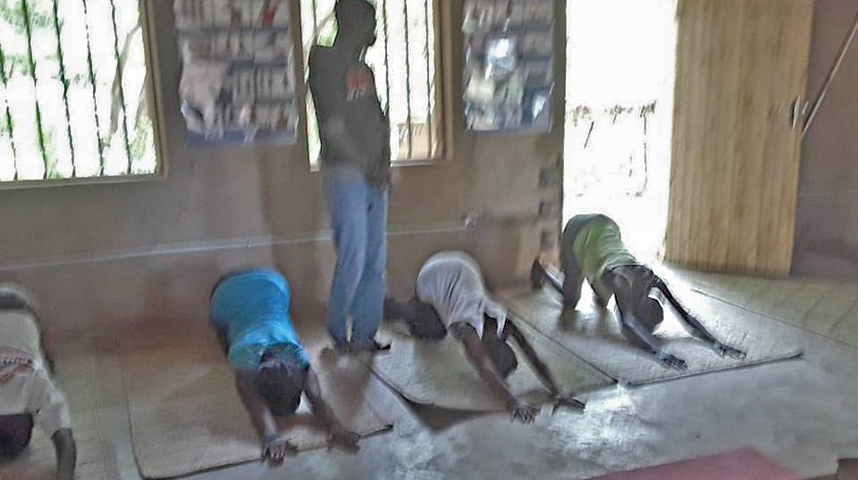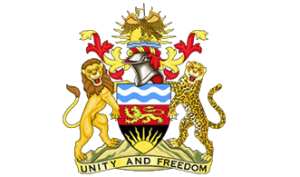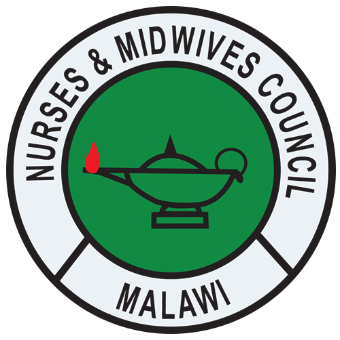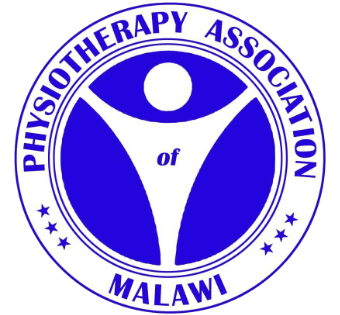Recently I put a call out in the community for volunteers. A group of people I would train in basic muscle and movement function to become educators to the greater community in prevention of injury. Eight came forward who expressed an eagerness. We agreed to set aside a two weeks period where I would teach them. Let me tell you; I am not a teacher. I feel like I barely got myself through school most days. This was another level of character stretching where I do not feel the skills. That aside, I’d say it went over quite well. The team seemed engaged and understanding so that’s what counts right?!
We spent the days going through function of movement, learning how to stretch and strengthen our bodies (first we had to understand the difference between these two terms!), conditions which affect mobility such as disk degeneration or arthritis and so on.
As much as I put a call out for English speakers, language is a constant challenge. Especially when the language isn’t written, there were many times to pause in the day and allow discussions in vernacular to ensure we’re on the same page. We have such a diverse language that it can be easy to take this for granted. When you are trying to explain; movement vs mobility vs motion, it can get confusing.
Along with theory came practical. For a culture of people who have little concept of using their knees, it was like a rebirthing in the ability to bend. We had plenty of opportunities to practice how we use our bodies. It was interesting to watch how difficult the mind connect to bending the knees truly was. From there to observe how little core support existed in nearly every team member. Then came the ability to understand your basic movement patterns. Since mirrors are a high-ticket item here in Malawi, we would spend our time partnering with someone to be our ”human mirror” and support in directing these patterns. Again, an interesting process.
From here we began to break down daily activities where we may be hurting ourselves ergonomically. It was a great time for me to understand more as we broke down each piece of routine. For example, we cannot just heighten a table for washing dishes since the dirt is used as a pot scrubber, you still find yourself bending over to scrub from the ground. Slowly, all of these activities are being assessed for improvement.
It has been great to watch the commitment and excitement of this team. I believe their minds are eager. Knowledge is such a limited commodity, that any investment sparks new life.
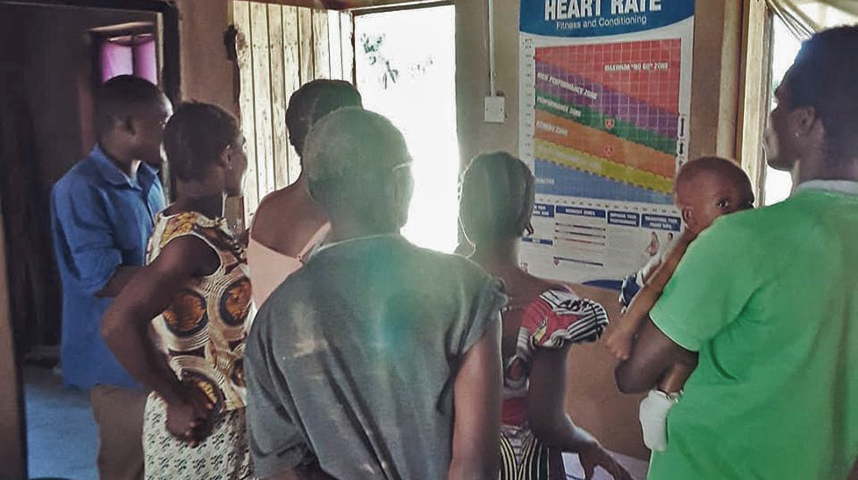
As we wrap up this portion of training, we now begin to make this practical. To spend time in the community observing others and sharing an understanding of our low back while we discuss lifestyle changes to prevent injury. Once the team feels confident in their knowledge and ability, we take this a step bigger and begin to run trainings at our movement center to larger groups. We will have lifestyle stations where they can learn alternative ergonomics, we will have movement classes for stretching and mobility as well as begin educating in the primary school as part of their “life skills” class.
To move to the next step comes with some development needs through the movement center. The building of the model kitchen, the toilet and so on. If you would like to be part of this process as we carry on, please click on our donate link at the top of the website. Your donation can be part of helping to keep Malawi moving!

